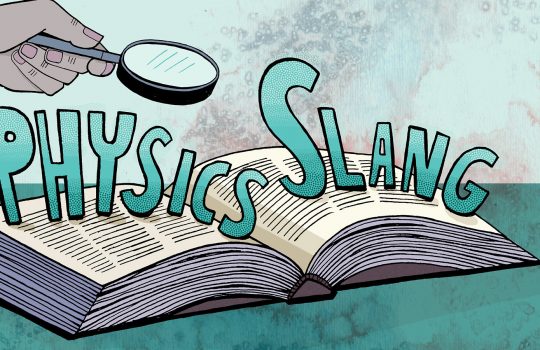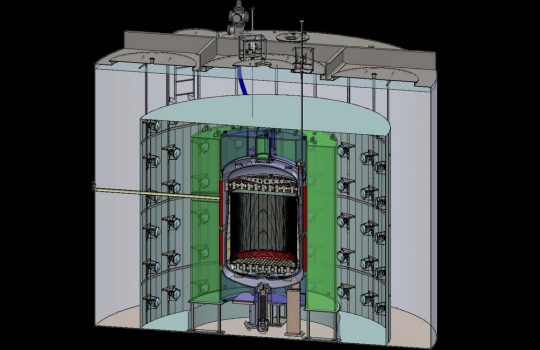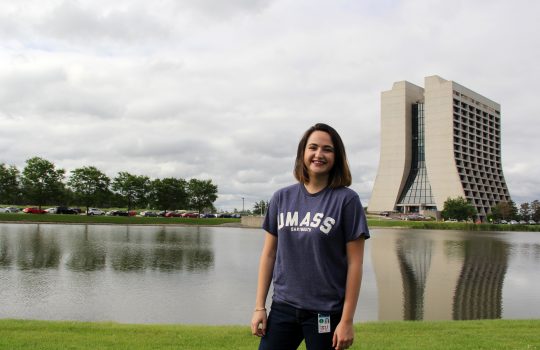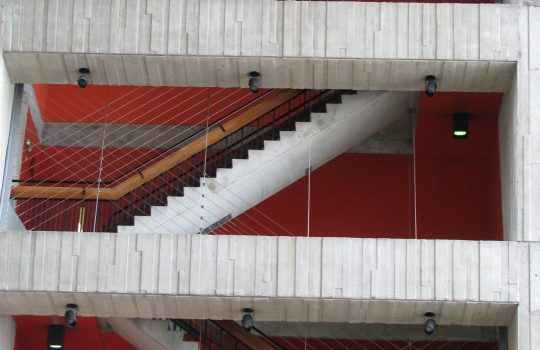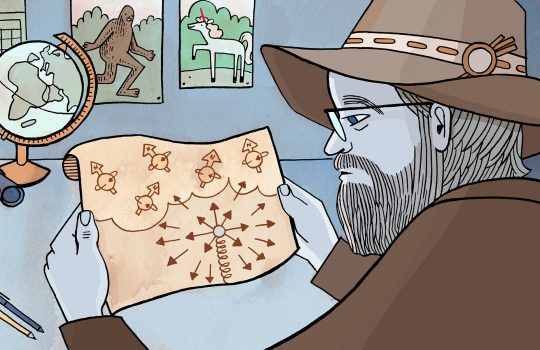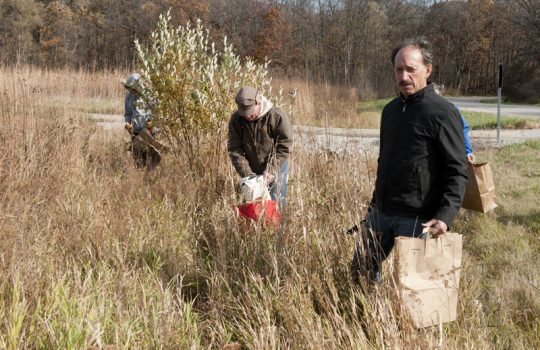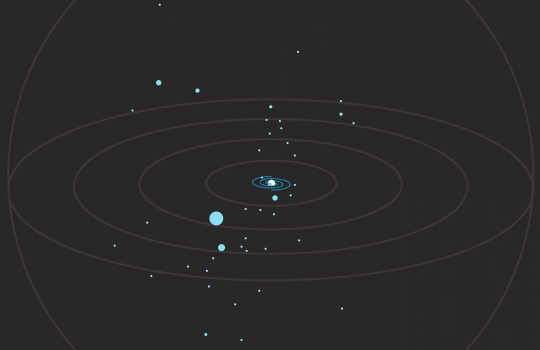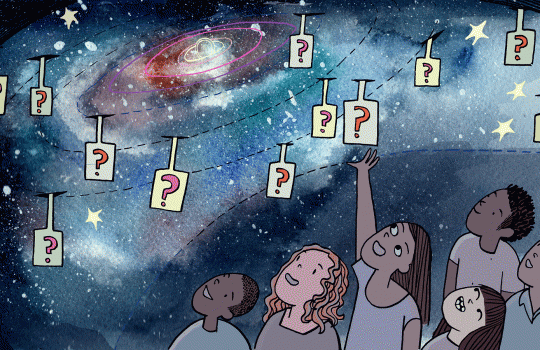941 - 950 of 1266 results
Construction of world’s most sensitive dark matter detector moves forward
LUX-ZEPLIN (LZ), a next-generation dark matter detector that will be at least 100 times more sensitive than its predecessor, has cleared another approval milestone and is on schedule to begin its deep-underground hunt for theoretical particles, known as weakly interacting massive particles, in 2020.
Summer of science
- Carleton College
- Florida
- France
- Harvard University
- intern
- internship
- Israel
- Italy
- Lehigh University
- Massachusetts
- Minnesota
- North Carolina
- North Carolina State University
- Pennsylvania
- Texas
- University of Massachusetts Dartmouth
- University of Texas at El Paso
Fermilab’s summer interns exchange lazy days for lab experience.
Memoir: The handrails
A story of the fate of some walnut trees on the laboratory site in 1979 takes us inside the Wilson Hall stairways.
The hunt for the truest north
Many theories predict the existence of magnetic monopoles, but experiments have yet to see them.
Providing precise neutrino measurements with MINERvA
The puzzle: understanding how nearly undetectable particles, called neutrinos, interact with normal matter. The solution? The clever MINERvA experiment, which shares its name with the Roman goddess of wisdom.
Help maintain one of the Midwest’s largest prairies at Fermilab on Sept. 10 and Oct. 15
Fermilab is looking for volunteers to help with its annual prairie seed harvest. Two harvest events are planned, on Saturday, Sept. 10, and Saturday, Oct. 15, beginning at 10 a.m.
Fermilab bison in pictures and musings
The Fermilab bison herd is now in pictures! Watch a 2-minute video, look at a map of the herd’s heritage, and read a playful letter of introduction from the lab’s first herd.
Our galactic neighborhood
What can our cosmic neighbors tell us about dark matter and the early universe?
Five facts about the Big Bang
It’s the cornerstone of cosmology, but what is it all about?

